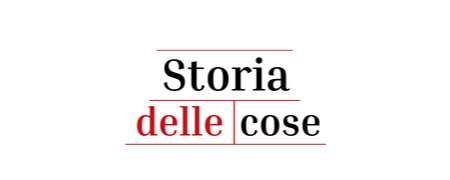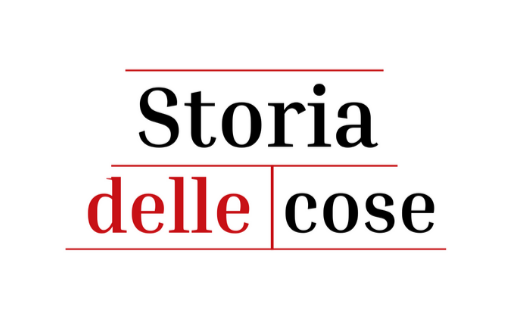If you’ve ever heard of Catalonia, chances are it was in the context of politics or football. But beyond the headlines and FC Barcelona, Catalonia is a land layered with centuries of stories—of empires, revolutions, artists, and language. Whether you’re a traveler, a culture buff, or simply curious, let’s explore the colorful history of this proud region as if we were chatting over a coffee in a sunny Barcelona café.
What and Where is Catalonia?
Catalonia (Catalunya in Catalan) is an autonomous community tucked into the northeastern corner of Spain. It borders France and the Mediterranean Sea, and includes vibrant cities like Barcelona, Girona, Tarragona, and Lleida. With its own language, distinct traditions, and a strong sense of regional identity, Catalonia often feels like a nation within a nation.
From the snow-capped Pyrenees to golden beaches and Roman ruins, Catalonia offers a diverse landscape—and a unique cultural blend where tapas meet tradition, and centuries-old festivals still shape the rhythm of life.
The Early Days: Roman Roots and Medieval Might
Roman Times
Catalonia’s story starts during the Roman Empire. The city of Tarraco (modern-day Tarragona) became one of Rome’s most important outposts in Hispania. Walking through Tarragona today, you can still see amphitheaters, aqueducts, and city walls that echo with ancient footsteps.
The Middle Ages
After the fall of Rome, the Visigoths arrived, followed by the Moors. But Catalonia began carving out its identity during the Reconquista, the Christian re-conquest of the Iberian Peninsula. The County of Barcelona gained strength and eventually united with Aragon, forming the Crown of Aragon—a medieval maritime empire stretching from Naples to Athens.

Language, Culture, and Identity
Catalan is not just a dialect of Spanish—it’s a separate Romance language with deep literary roots and its own grammar. Spoken by over 9 million people today, it’s used in schools, media, and daily life.
Catalonia was also home to one of the earliest parliaments in Europe, the Corts Catalanes, showing a long-standing tradition of self-governance. Art, literature, and architecture flourished, laying the groundwork for the modern Catalan identity.
1714 and the War of Spanish Succession
The year 1714 marked a turning point. Catalonia sided with Archduke Charles of Austria during the War of Spanish Succession. When the Bourbon Philip V won, he punished the region harshly. The Nueva Planta decrees abolished Catalan institutions, laws, and language from official life.
To this day, September 11, known as La Diada, is Catalonia’s national day—a solemn remembrance of this loss, but also a celebration of resilience.
Industrial Boom and Cultural Revival
Fast forward to the 19th century, and Catalonia emerged as a powerhouse of the Industrial Revolution in Spain. Textiles, railroads, and modern infrastructure transformed the region.
This period also sparked the Renaixença (Catalan Renaissance), a cultural revival that reawakened interest in Catalan language, folklore, and national pride. Writers like Jacint Verdaguer and artists like Marià Fortuny helped reassert Catalan identity in public life.
The 20th Century: Repression and Resistance
The Franco Era
After the Spanish Civil War, Catalonia fell under the iron grip of Francisco Franco’s dictatorship (1939–1975). The regime banned the Catalan language in schools, public signage, and media. Celebrating Catalan traditions could lead to arrest.
Yet the culture endured—in secret, in song, in whispered lullabies. Resistance was quiet, but persistent.
Return of Democracy
After Franco’s death, Spain transitioned to democracy. In 1979, Catalonia regained a large degree of autonomy, and Catalan was reinstated as an official language. The region once again had its own parliament, education system, and cultural institutions.
The Push for Independence
Tensions flared again in 2017, when Catalonia held a controversial independence referendum, deemed illegal by Spain’s Constitutional Court. Images of police intervention at polling stations shocked the world, and the debate over Catalonia’s future remains deeply polarizing.
Some Catalans want full independence. Others seek more autonomy while remaining within Spain. What’s clear is that Catalonia’s sense of identity is stronger than ever.

Why Catalonia Matters
Catalonia is more than a political headline. It’s Gaudí’s kaleidoscopic architecture, the haunting songs of traditional sardana dances, and the fire-filled joy of the correfocs (fire-runs). It’s crema catalana on your tongue, castells (human towers) rising in a town square, and the quiet pride of a people whose culture has never stopped evolving.
Conclusion: A Region Like No Other
From ancient Roman strongholds to cutting-edge design, Catalonia is a place where past and present meet in vivid detail. Whether you’re wandering the winding alleys of Girona’s old town, admiring the surreal curves of La Sagrada Família, or listening to Catalan spoken in a cozy village café, you’re stepping into a story still unfolding.
Catalonia isn’t just a region—it’s an experience, one rich with history, heart, and a fiercely unique voice.
The History of FC Barcelona: MÉS QUE UN CLUB CLICK
The History of Hamburgers, from “Rundstueck Warm” to American Fast Food Staple CLICK
Is Sting’s Song “Shape of My Heart” About Gambling? CLICK
Centilmen Futbolcunun Trajik Ölümü: Andrés Escobar CLICK
Meksika Dalgası İlk Nerede ve Nasıl Ortaya Çıktı? CLICK



